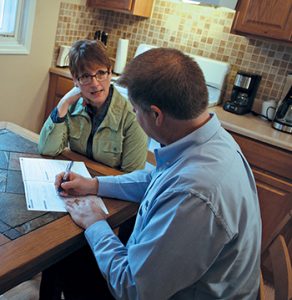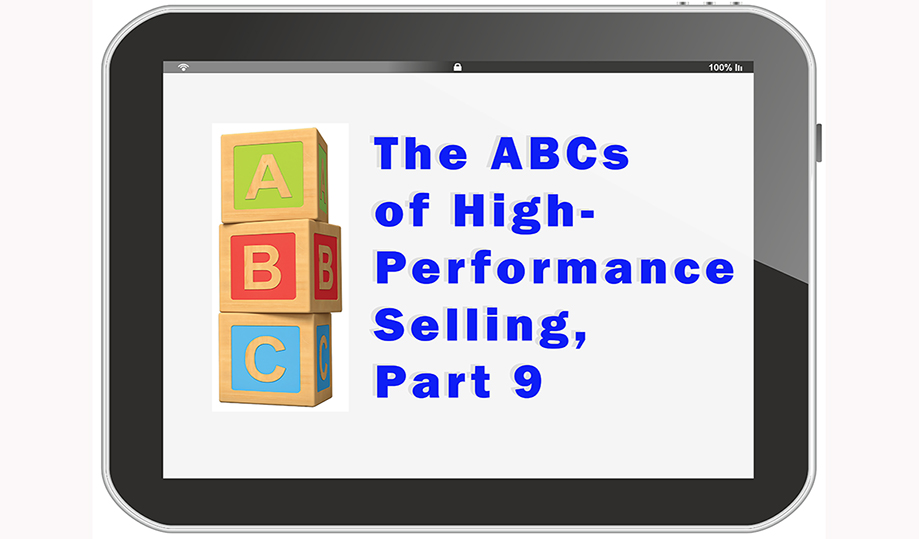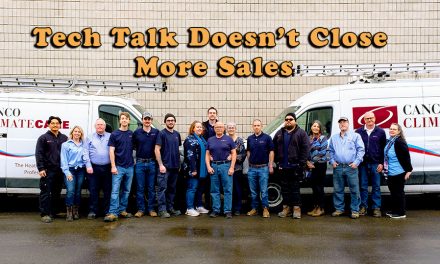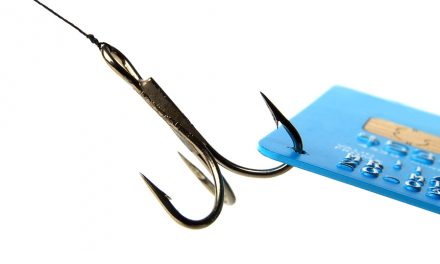It’s always best to offer at least three options ‘ four is even better. more than four can be overwhelming. In Performance-Based Selling, the ‘Best, Better, Good,’ approach takes on a whole new meaning. It’s not just about which equipment to buy, but the various levels of system improvements you can include, coupled with the benefits of each option.
Be sure to frequently refer to your test reports and load calculations throughout your proposal. This establishes how different your company is, and the attention to detail you’re including. For example, the lowest ‘rst cost or ‘Good’ option should point out which issues will be addressed and which ones cannot be solved at that level.
According to consumer research, when given three options, most customers tend to pick the middle one. With that in mind try to make that the one that will give the customer the most bang for their buck. Remember, the key to success in High- Performance Contracting is doing the right thing ‘ always!
Step 5: Present the Proposal
If you’ve done everything correctly, there’s a high probability the customer has already made the decision to go with you. The presentation of the proposal should be more of a formality and a step to determine which option best ‘ts their needs and budget.
As you present each option, be sure to refer frequently to the test results as your basis for eac h solution. You shouldn’t need to apply typical ‘closing’ techniques at this point. If you’ve won the customer over, they will talk about the work as if the job is yours, and all you’re doing at this point is working out the details.
h solution. You shouldn’t need to apply typical ‘closing’ techniques at this point. If you’ve won the customer over, they will talk about the work as if the job is yours, and all you’re doing at this point is working out the details.
One valuable tool for helping the customer make the right choices is financing. Good long-term financing with a reasonable interest rate can make replacing their equipment and upgrading their air distribution system affordable.
Try to stay away from financing like 12 months same as cash unless the customer really wants it. These are ok for the rare customers who already have the money in hand but like the idea of a 12-month interest-free loan.
Unfortunately, most customers don’t have this luxury. If they can’t afford the big cash outlay today, it’s likely in 12 months they will be in the same boat and are forced into a high interest refinance to make ends meet.
Once the customer has decided which options to go with, it’s time to explain the process of what will happen next. You can go over the
This is also a good time to talk about the perhaps small, but significant details that are important to the customer. These details include thermostat placement, new registers, condensing unit placement (if these are being moved or added) and so forth.
Step 6: Follow Through
The typical installation will include new equipment, a duct renovation, added returns, etc. Once the work is completed, tested out, and documented, be sure to go back for a ‘nal visit. This visit allows you to answer questions, teach them about their new system, and inspect to make sure the job was done as promised.
Make sure you provide documentation of the ‘nal test results. This is the ‘nal proof that you did what you said you were going to do.
You can generate great referrals during this final visit. Once you’ve asked if they feel you’ve done everything you promised, and they let you know you exceeded their expectations, it’s time to ask for referrals.
Even if their friends and relatives don’t need a replacement system right away, ask if they would be willing to refer your company for service and maintenance. These are terrific leads that can lead to replacement and renovation work down the road.
These folks will likely spend time in your customer’s house and experience the comfort your new system is providing. The bottom line is if you ask for a referral, there’s a good chance you’ll get some.
Remember that High-Performance selling is a mindset and part of a company culture. While it’s important to help your customers buy efficient replacement equipment that can give them peace of mind, it’s equally important to address the whole HVAC system so it matches the quality of the equipment you are installing.
In Part 10 of this series, we’ll look at ways to generate leads from service and maintenance visits with little or no competition.













Recent Comments